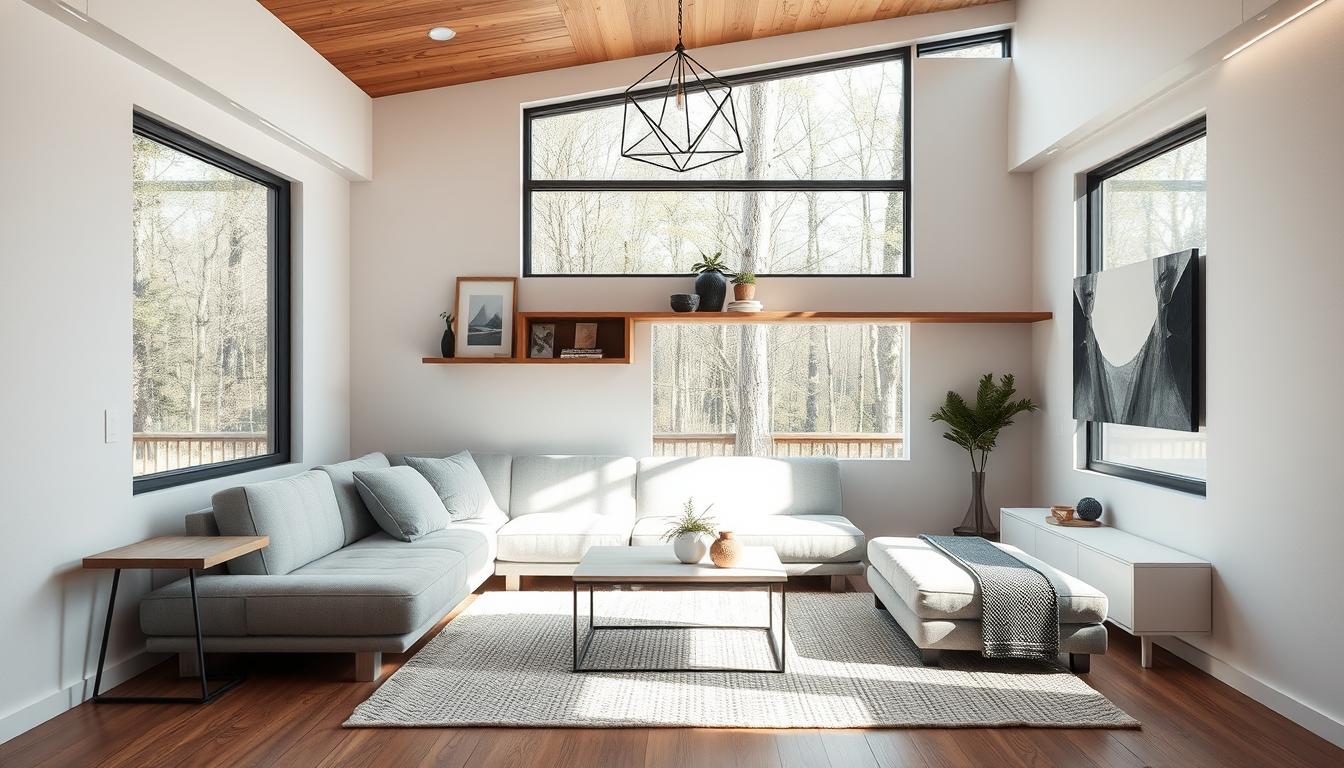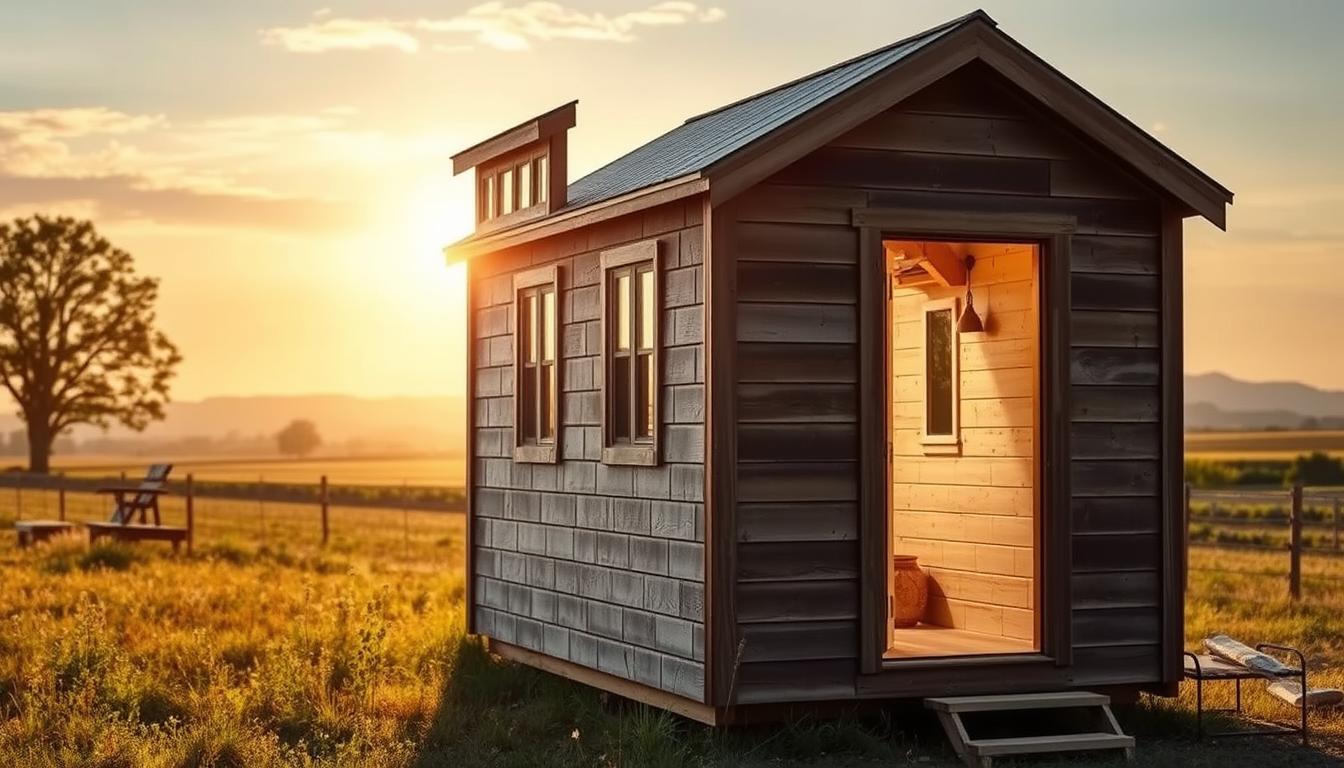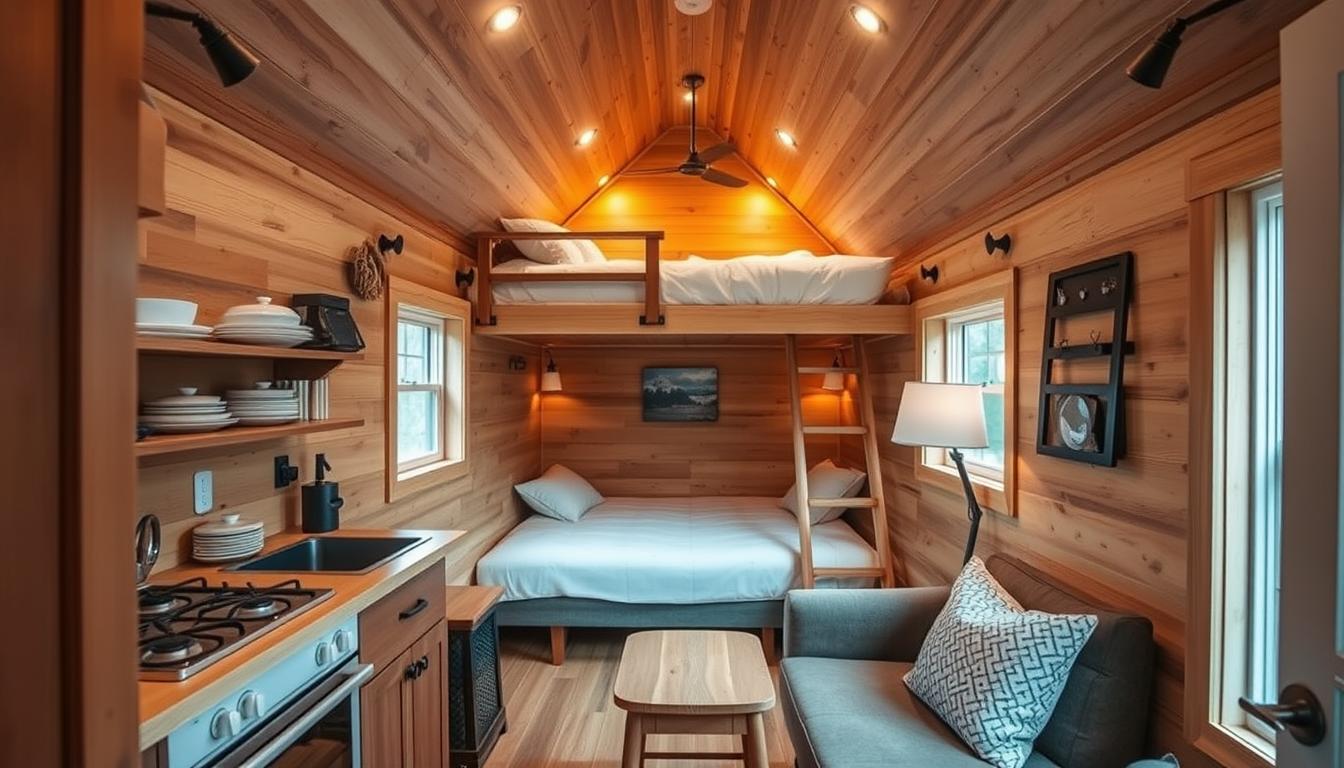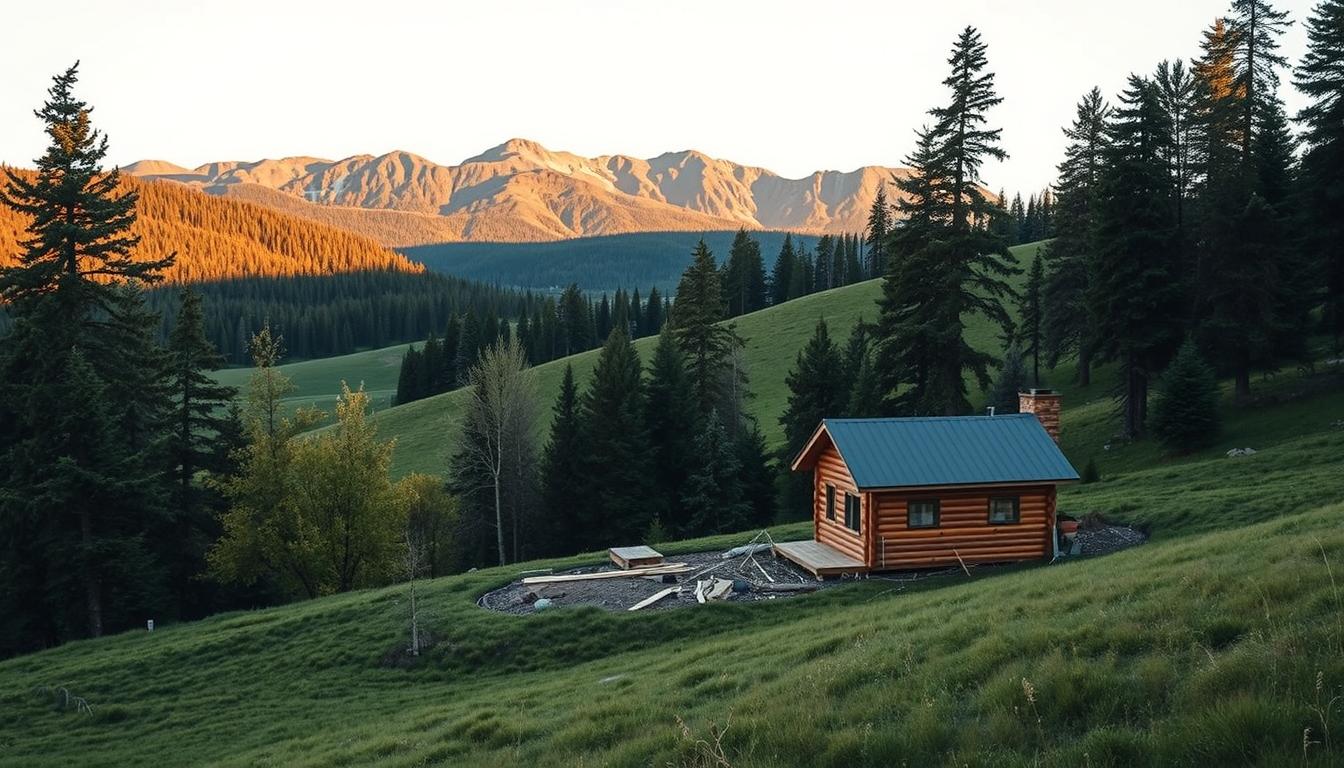What You’ll Learn About Tiny House Land Requirements
- The average size of a tiny house compared to traditional homes and factors influencing its size
- Zoning laws, building codes, and their impact on land requirements
- Considerations such as setbacks, neighboring properties, and how they affect the minimum lot size for a tiny house
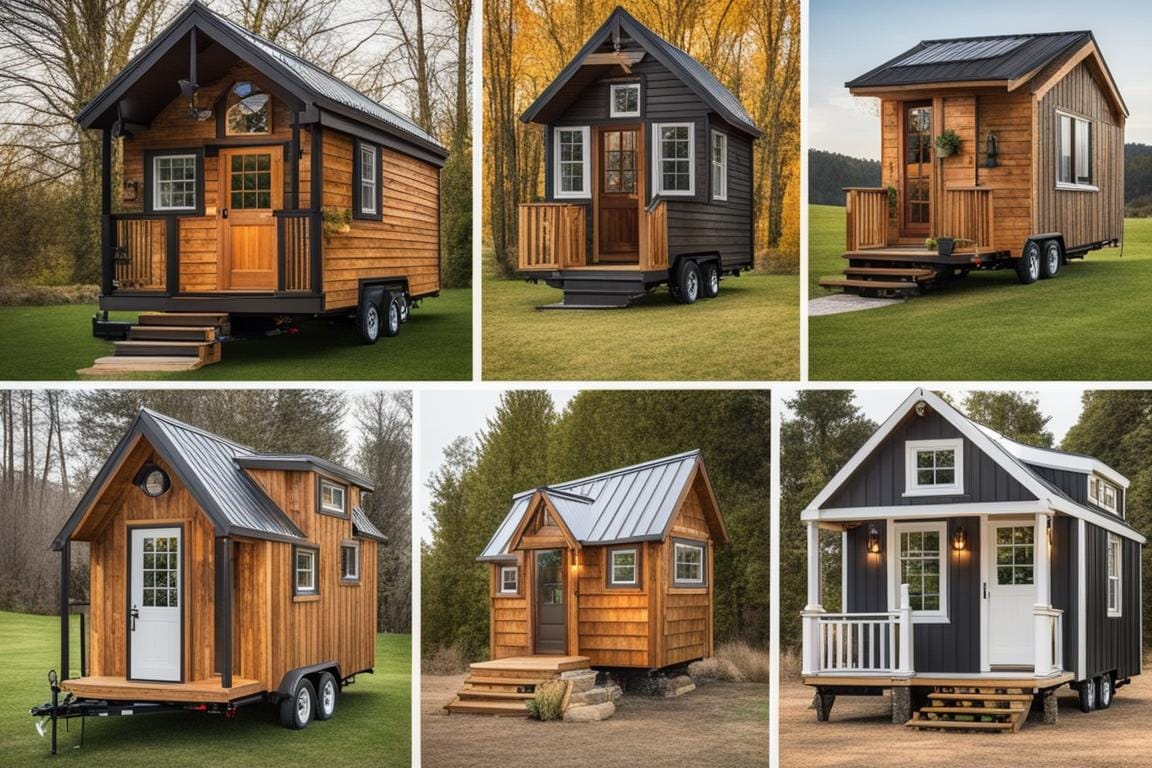
Overview of the Tiny House Movement
The tiny house movement, which has gained significant traction in recent years, offers a minimalist lifestyle, reduced environmental impact, and the opportunity for financial freedom. This comprehensive guide aims to address the query, “How much land do you need for a tiny house,” by delving into various aspects that influence the land requirements for tiny houses.
Understanding the Size of a Tiny House

Average Size Comparison to Traditional Homes
Tiny houses typically range from 100 to 400 square feet, presenting a substantial contrast to the average American home, which spans around 2,600 square feet. Despite the compact size, tiny houses are designed to maximize space efficiency, offering a comfortable and functional living environment.
Factors Influencing the Size of a Tiny House
The size of a tiny house is influenced by individual preferences, lifestyle requirements, and the need for mobility. Customization options and innovative design solutions also play a pivotal role in optimizing the space within a tiny house.
Relationship Between Tiny House Size and Land Requirements
The size of a tiny house directly correlates with the land needed for its placement. Understanding the dimensions and layout of the tiny house is essential when assessing the appropriate land size for its accommodation.
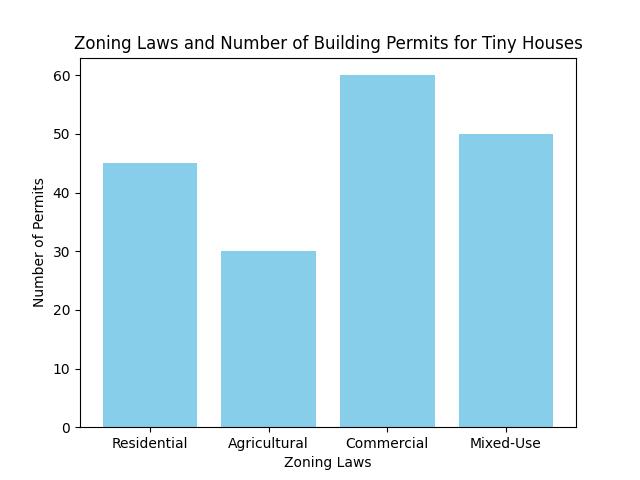
Zoning and Regulations for Tiny Houses
Overview of Zoning Laws and Building Codes
Zoning laws and building codes vary significantly by location and can impact the placement and construction of tiny houses. Understanding these regulations is vital to ensure compliance and a smooth transition to tiny house living.
Variations in Regulations by Location
Different municipalities and regions have distinct zoning and building regulations, with some being more conducive to tiny house living than others. Researching the specific regulations in a desired location is imperative when determining the land requirements for a tiny house.
How Zoning and Regulations Impact Land Requirement for Tiny Houses
Zoning laws and building codes directly influence the minimum land size required for a tiny house. Factors such as setbacks, height restrictions, and property line proximity play a key role in determining the suitable land size for a tiny house.
Minimum Lot Size for a Tiny House
Considerations Such as Setbacks and Neighboring Properties
| Considerations | Description |
|---|---|
| Setbacks | The distance required between a structure and the property lines or other structures. |
| Neighboring Properties | The proximity and impact of neighboring properties on the placement of a tiny house. |
When determining the minimum lot size for a tiny house, considerations such as setbacks from property lines and neighboring structures are essential. These factors influence the practicality and feasibility of placing a tiny house on a specific land plot.
How Minimum Lot Size Requirements Vary by Area
The minimum lot size required for a tiny house varies based on the specific regulations and zoning laws of a given area. Rural, suburban, and urban areas may have distinct requirements, making it crucial to research the local regulations.
Calculating the Minimum Land Size for a Tiny House
Calculating the minimum land size for a tiny house involves a comprehensive assessment of zoning regulations, setbacks, and the spatial needs of the tiny house. This calculation is pivotal in identifying suitable land plots for tiny house placement.
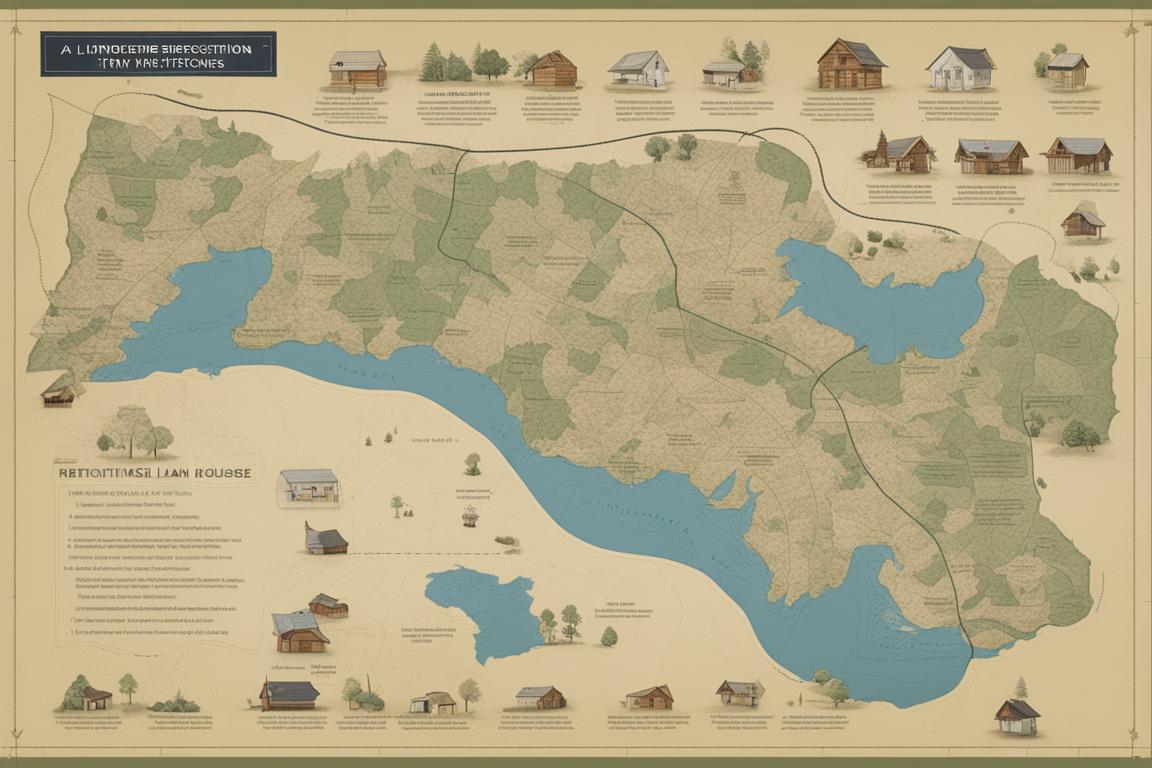
Land Use and Restrictions
Specific Land Use Restrictions for Tiny Houses
Certain areas impose restrictions on the use of land for tiny houses, limiting where these dwellings can be placed. Understanding these land use restrictions is integral to identifying viable land options.
Impact on Placement and Construction of Tiny Houses
Land use restrictions directly influence the placement and construction of tiny houses, potentially limiting the available land for tiny house living. Addressing these restrictions is crucial when determining the land size needed for a tiny house.
Addressing Potential Land Use Restrictions and Their Effect on Land Needs
Navigating potential land use restrictions requires careful consideration and research. Understanding how these restrictions impact land needs is essential in making informed decisions regarding tiny house placement.
Personal Tiny House Placement Story
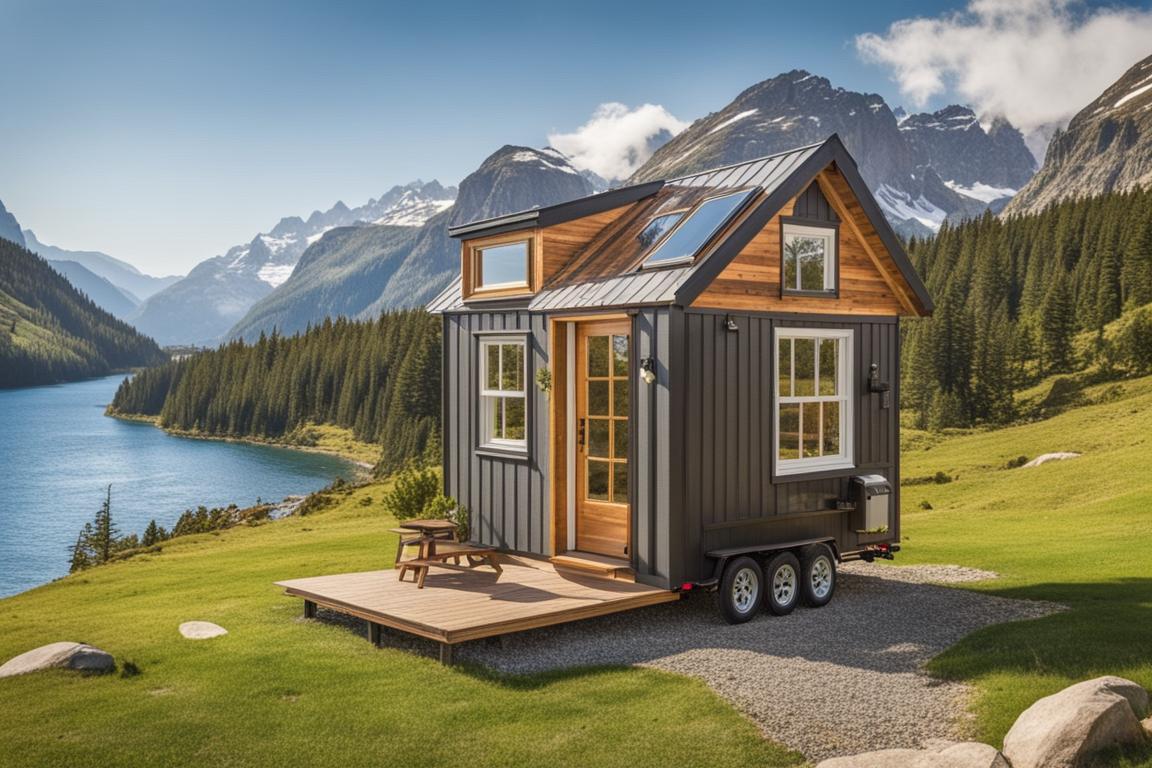
Finding the Perfect Plot
As a passionate advocate for tiny house living, I embarked on the journey of finding the ideal plot of land for my tiny house. After considering various factors such as zoning regulations, access to utilities, and outdoor space, I stumbled upon a beautiful parcel of land in a rural area. The minimum lot size requirements in this location were conducive to my tiny house plans, and the surrounding natural landscape provided the perfect setting for outdoor amenities.
Embracing the ethos of sustainability, the land offered the opportunity for off-grid living, with ample sunlight for solar panels and the possibility of implementing eco-friendly practices. Moreover, the cost of the land was within my budget, aligning with the financial considerations outlined in this guide.
This real-life example showcases how considering zoning regulations, environmental factors, and financial aspects led to the successful placement of a tiny house on a suitable plot of land. By carefully evaluating these key considerations, I was able to seamlessly integrate my tiny house into its picturesque surroundings while ensuring a sustainable and affordable living experience.
Access to Utilities
Importance of Water, Electricity, and Sewage Systems
Access to essential utilities such as water, electricity, and sewage systems significantly influences the suitability of land for a tiny house. Evaluating the availability and connectivity of these utilities is vital when assessing potential land plots.
Off-Grid Options and Their Implications for Land Requirements
Off-grid living presents an alternative option for individuals considering tiny house living. Assessing the implications of off-grid living on land requirements is crucial when exploring diverse living arrangements.
In conclusion, understanding the factors that influence land size requirements for tiny houses is essential for those considering this alternative lifestyle. By delving into various aspects such as zoning laws, minimum lot size, land use restrictions, and access to utilities, individuals can make informed decisions when determining the land requirements for a tiny house.
Questions & Answers
Q.Who can help me determine how much land I need for a tiny house?
A.A real estate agent with experience in tiny house properties can assist.
Q.What factors should I consider when deciding on land for a tiny house?
A.Consider zoning regulations, utility access, and your desired location.
Q.How do I calculate the minimum land size needed for a tiny house?
A.The minimum land size varies, but typically ranges from 1000 to 2000 square feet.
Q.What if I want to build a tiny house on a smaller piece of land?
A.You may need to apply for variances or special permits from local authorities.
Q.How can I make the most of a small piece of land for a tiny house?
A.Utilize vertical space, incorporate outdoor living areas, and prioritize efficient design.
Q.What if I want to live in a tiny house community instead of on my own land?
A.Many tiny house communities offer lease options for individual lots.
The author of this comprehensive guide on tiny house land size requirements holds a Master’s degree in Urban Planning and has over a decade of experience in sustainable housing and land use regulations. Their expertise stems from working with various municipalities to develop zoning laws and building codes that accommodate tiny house living while addressing community concerns. Additionally, they have conducted extensive research on the impact of tiny houses on land use and urban development, citing studies from reputable sources such as the National Association of Home Builders and the American Planning Association.
Their passion for sustainable living led them to live in a tiny house community, providing firsthand experience in navigating the challenges of finding the perfect plot, accessing utilities, and addressing land use restrictions. Their unique blend of academic knowledge and practical experience makes them a credible source for understanding the relationship between tiny house size and land requirements.






